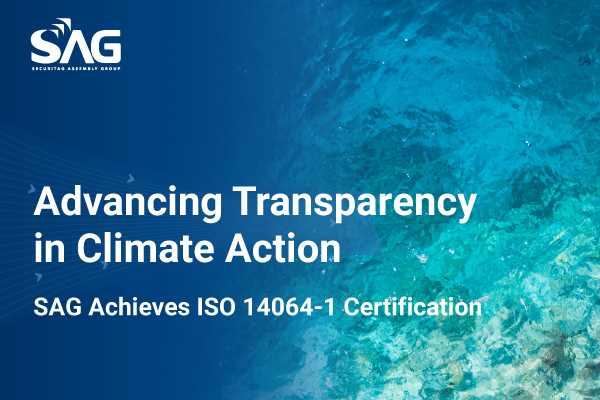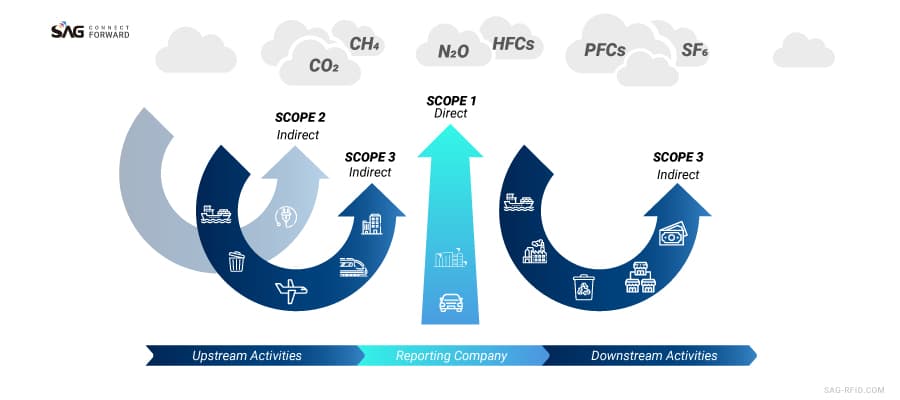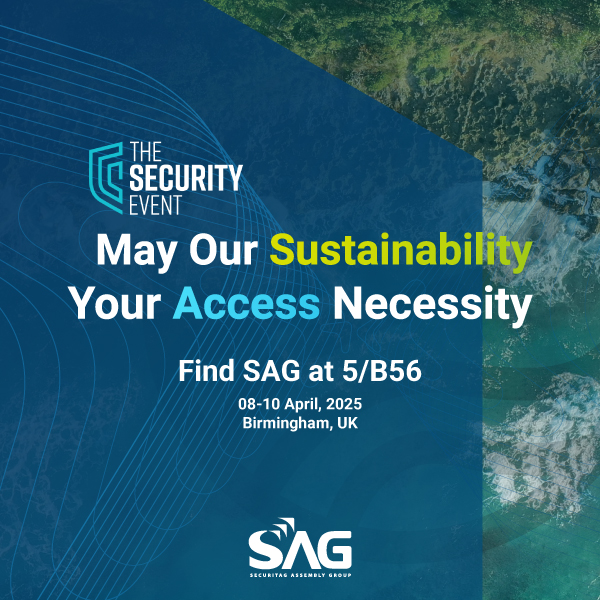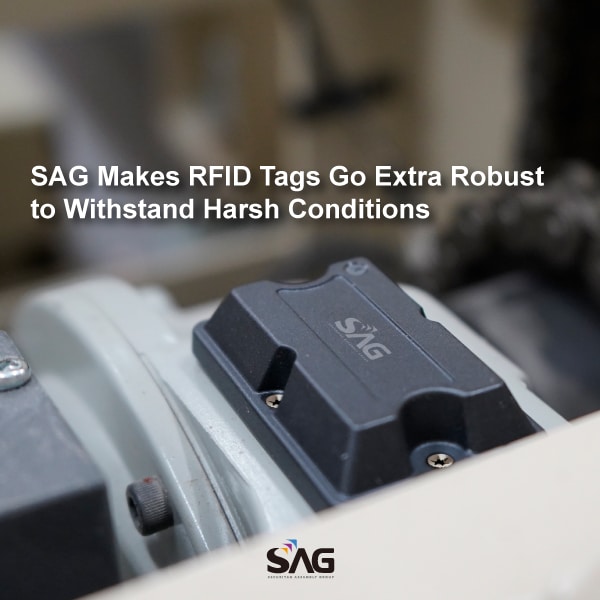

Choose Year
Choose Year
Choose Year
Advancing Transparency in Climate Action
SAG Achieves ISO 14064-1 Certification
SAG is proud to announce that we’ve obtained ISO 14064-1 certification, a globally recognized standard for the quantification and reporting of greenhouse gas (GHG) emissions. This milestone reflects our commitment to transparent and verifiable climate data, laying a strong foundation for science-based reduction strategies and long-term decarbonization..
What is ISO 14064-1?
The ISO 14064 family of standards provides a framework for greenhouse gas (GHG) accounting and verification, consisting of three parts:
⮕ See the infographic below for an overview of how ISO 14064-1 categorizes greenhouse gas emissions across operations and supply chains.
- ISO 14064-1: Organizational level GHG inventories
- ISO 14064-2: Project level emission reductions or removals
- ISO 14064-3: Validation and Verification of GHG claims
⮕ See the infographic below for an overview of how ISO 14064-1 categorizes greenhouse gas emissions across operations and supply chains.

According to *IGCC’s report, global temperature increase has risen by about 1.24°C, nearing the Paris Agreement’s 1.5°C threshold. Scientists warn that only 143 billion tons of CO₂ remain in the global *carbon budget. At the current pace of 46 billion tons per year, this limit could be reached by February 2028. These figures highlight the urgent need of reducing greenhouse gas emissions to keep the 1.5°C goal within reach, reinforcing the responsibility of companies to take proactive action.
*The Indicators of Global Climate Change (IGCC) initiative: an international science community provides annual updates of key climate indicators featured in the most recent IPCC report cycle.
*A carbon budget is a concept used in politics of climate change to help set greenhouse gas emissions reduction targets in a fair and effective way.
*The Indicators of Global Climate Change (IGCC) initiative: an international science community provides annual updates of key climate indicators featured in the most recent IPCC report cycle.
*A carbon budget is a concept used in politics of climate change to help set greenhouse gas emissions reduction targets in a fair and effective way.
"Our path to 2050 net zero began with the blueprint of our new factory, ensuring that every decision brings us closer to a sustainable future." said our CEO Terry Chiang.
Turning this vision into action, SAG complies with the Financial Supervisory Commission’s disclosure schedule for greenhouse gas inventories by identifying emission sources and defining reporting scope. In 2024, emissions from our Taiwan site were reduced by 32.66% compared with 2023. The verified results not only demonstrate progress toward net zero but strengthen our broader sustainability framework, directly linking energy efficiency with carbon reduction.
Building on ISO 50001
This achievement builds upon our earlier ISO 50001 certification, which guided us to optimize energy efficiency through SEU (Significant Energy Use) analysis, renewable integration, and real-time monitoring.
⮕ See more about how we achieve ISO 50001 as part of our commitment
Now, with ISO 14064-1, we extend our sustainability framework from energy efficiency (inputs) to greenhouse gas accounting (outputs), ensuring that every operational improvement is measured in terms of climate impact.
⮕ See more about how we achieve ISO 50001 as part of our commitment
Now, with ISO 14064-1, we extend our sustainability framework from energy efficiency (inputs) to greenhouse gas accounting (outputs), ensuring that every operational improvement is measured in terms of climate impact.
Beyond GHG: Other Air Quality Efforts
Beyond greenhouse gases, SAG also takes responsibility for air quality. In Taiwan, where air pollution is a growing concern, we actively implement control measures to minimize emissions:
- Volatile Organic Compounds (VOCs): Treated through scrubbing towers and activated carbon systems, decreasing from 1.036 tons in 2022 to 0.809 tons in 2024.
- Corrosive Vapors & Particulate Matter (PM): Managed through washing towers, dust collection, and filtration systems, with 2024 measurements well below legal limits.

Looking Ahead
With ISO 14064-1 achieved, SAG is preparing for ISO 14067 certification to measure product-level carbon footprints. Along with ISO 50001, this builds a comprehensive sustainability framework covering energy efficiency, organizational emissions, and product accountability. Internationally verified data ensures credibility, integrated management strengthens oversight, and our actions demonstrate leadership in global sustainability. At SAG, sustainability is a continuous journey of measurement, reduction, and transparency toward a net-zero future.



